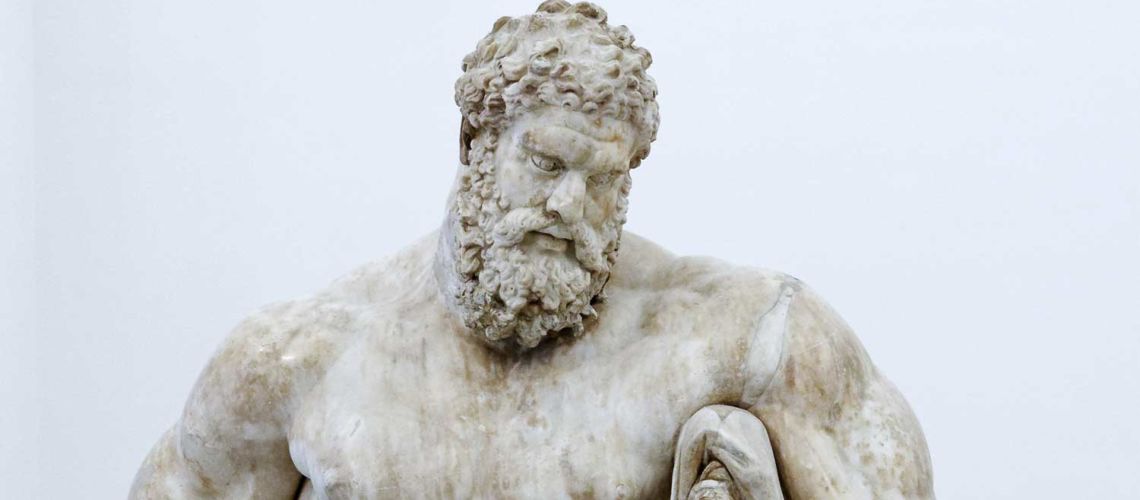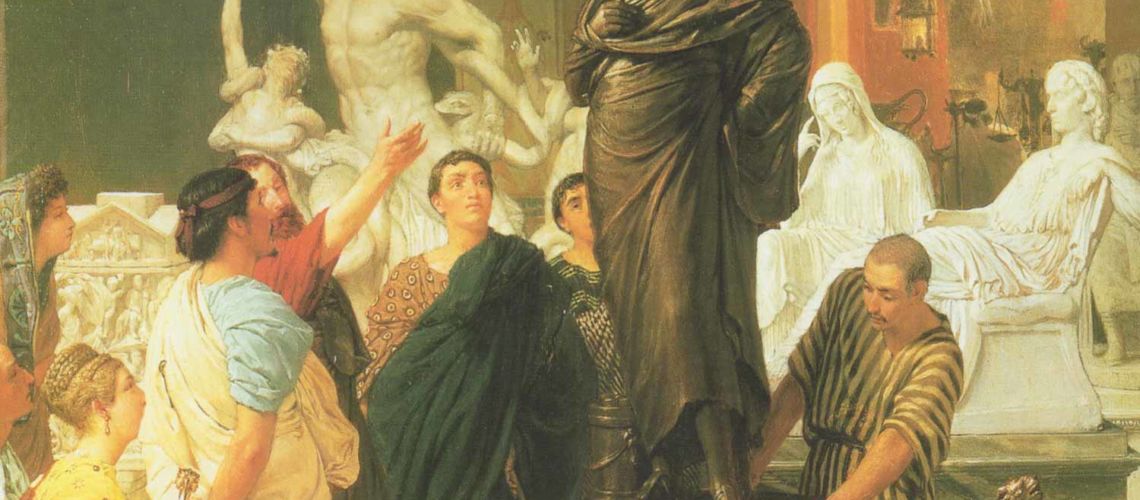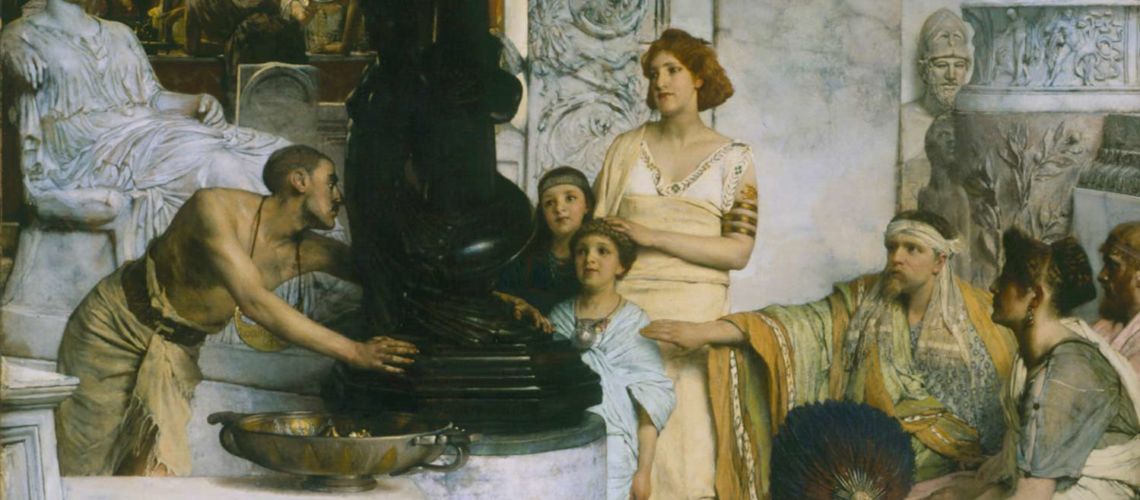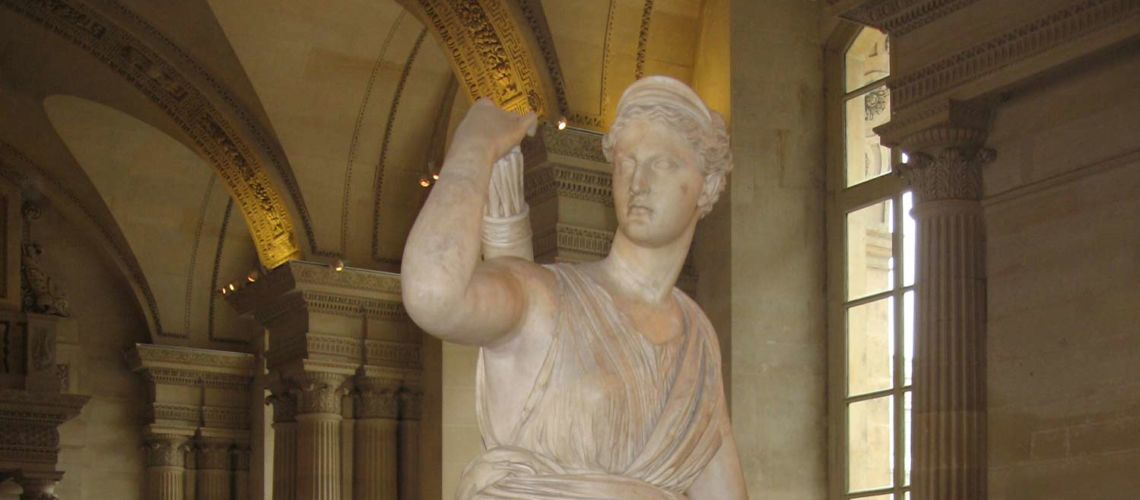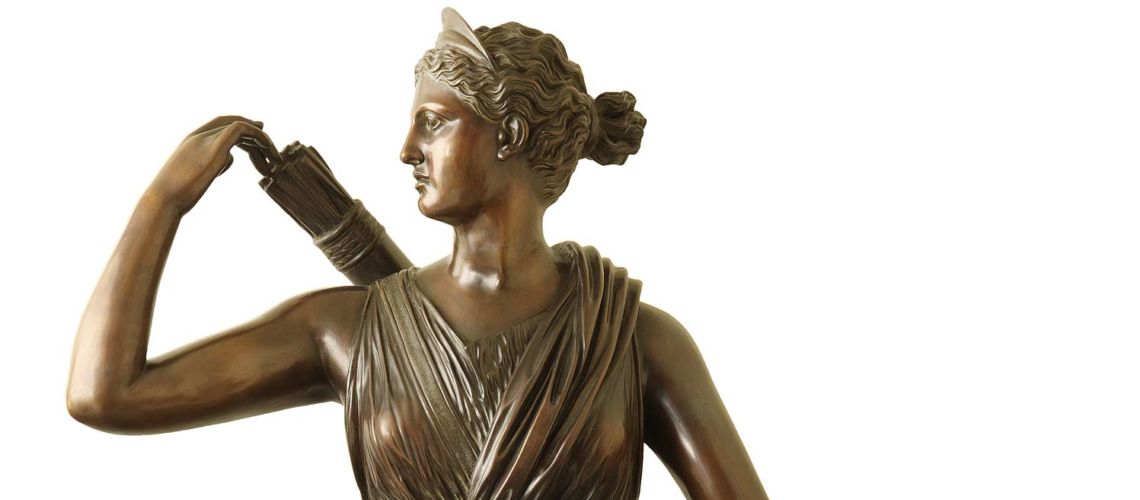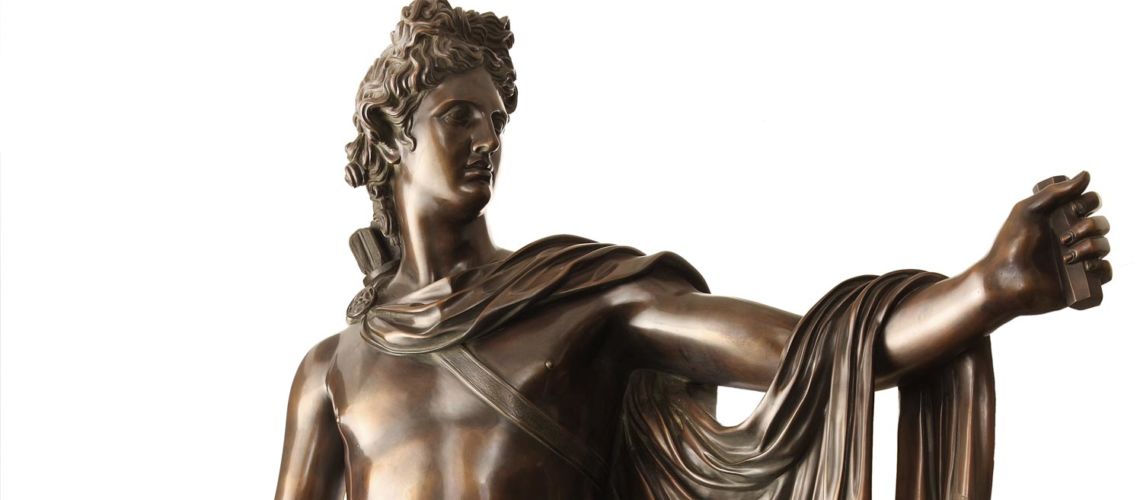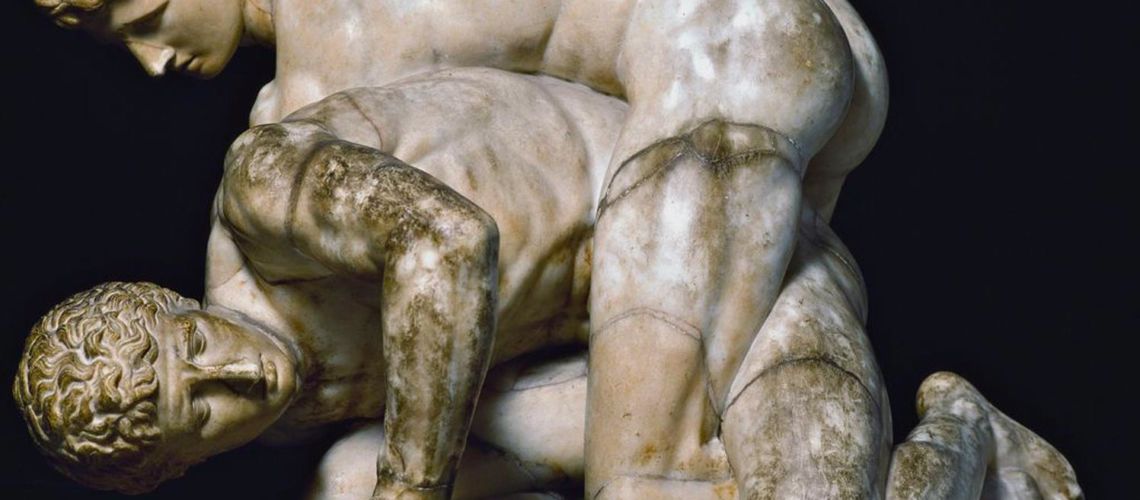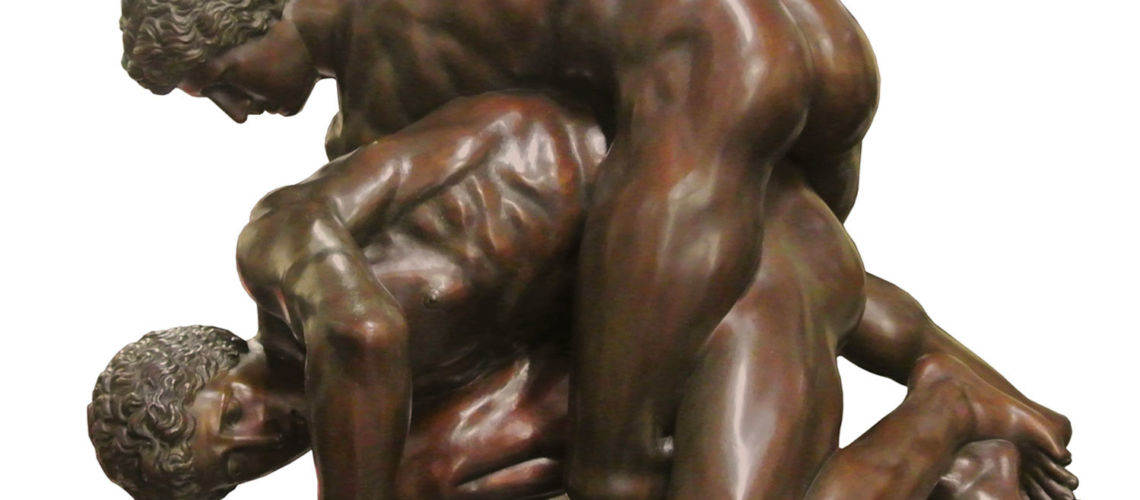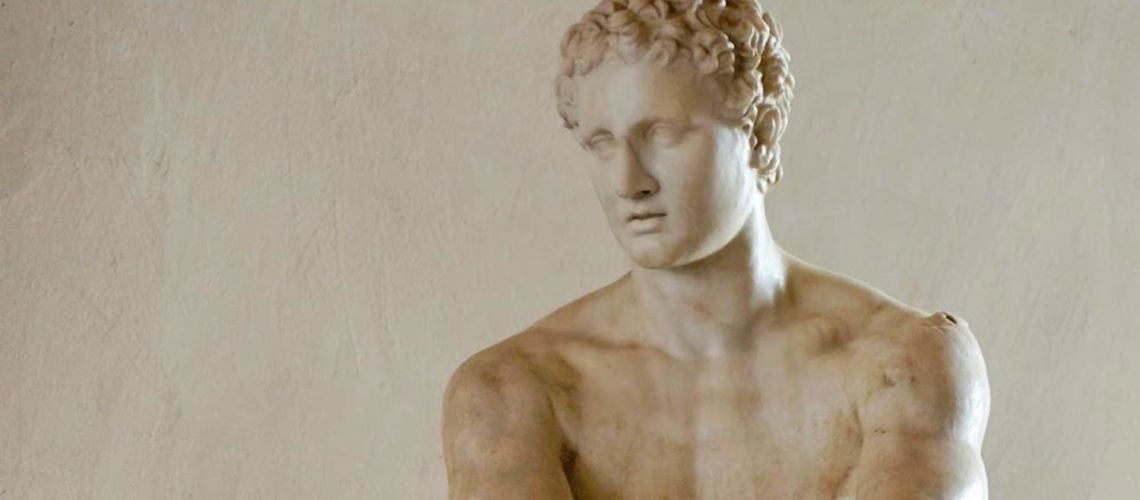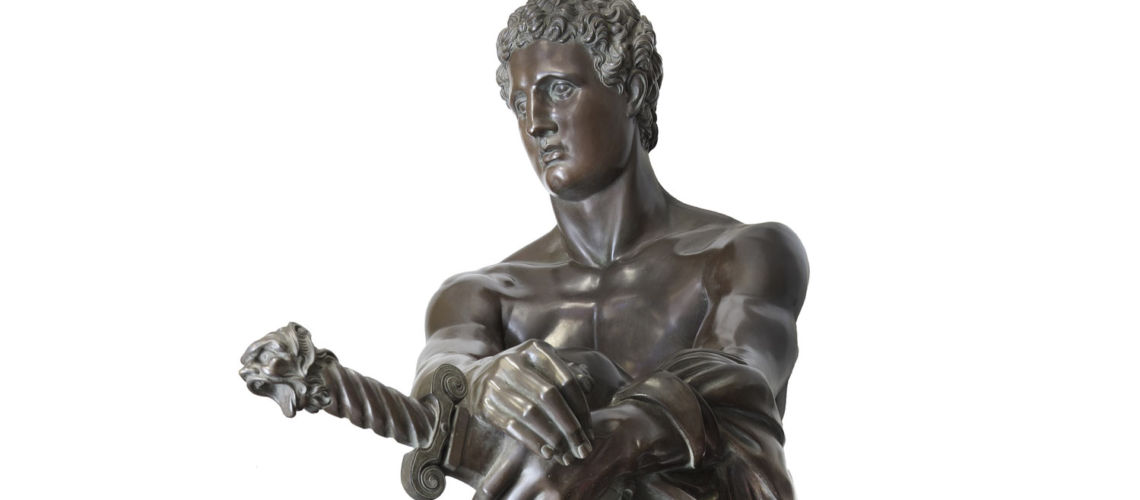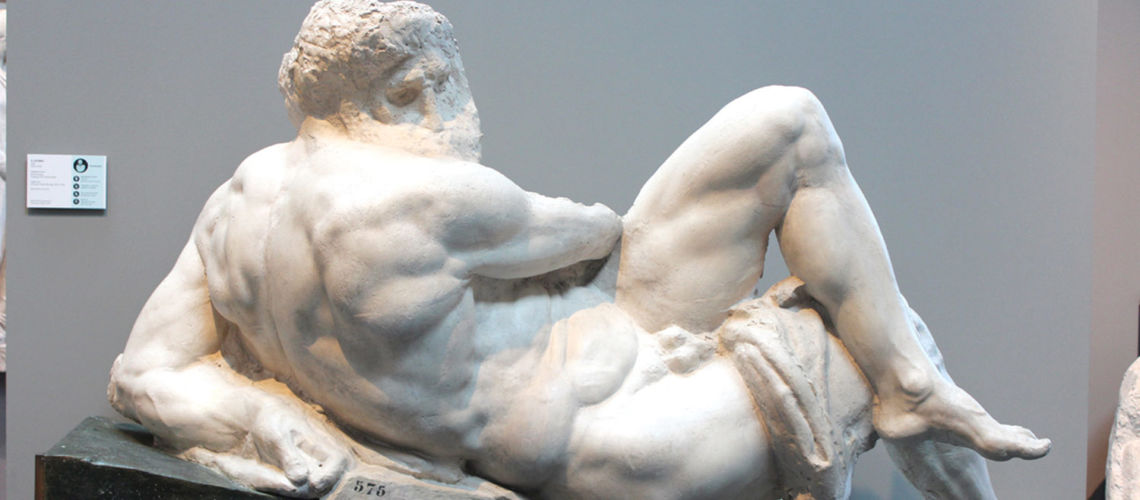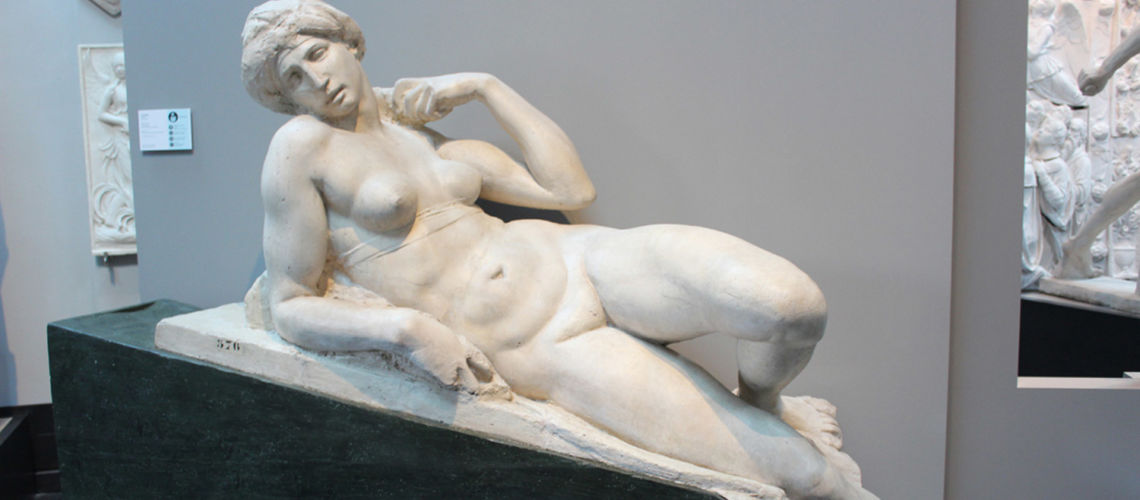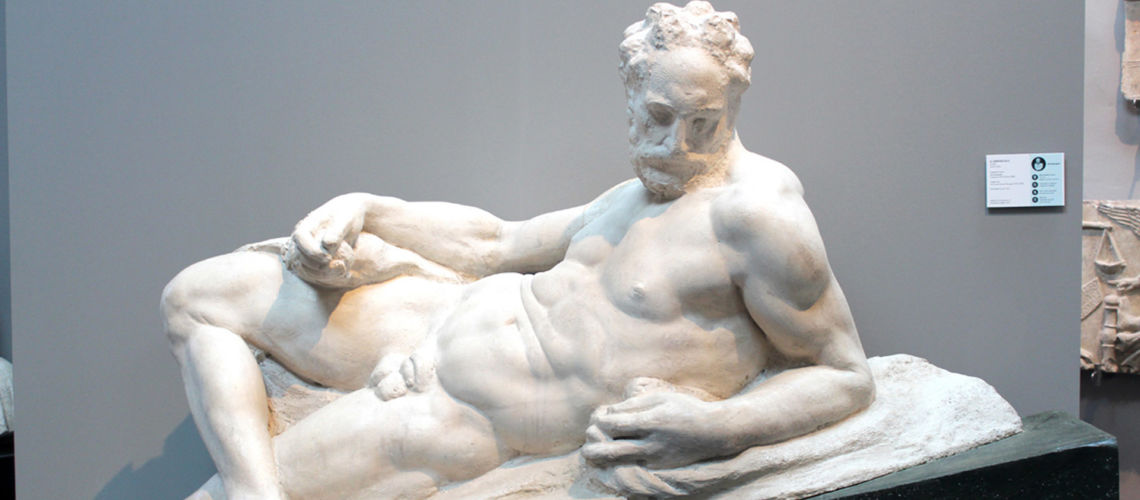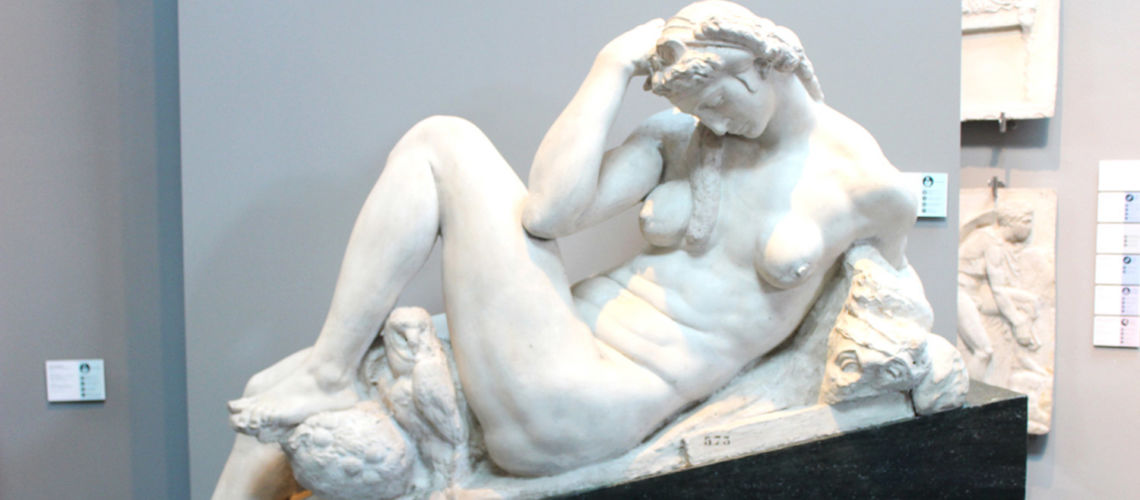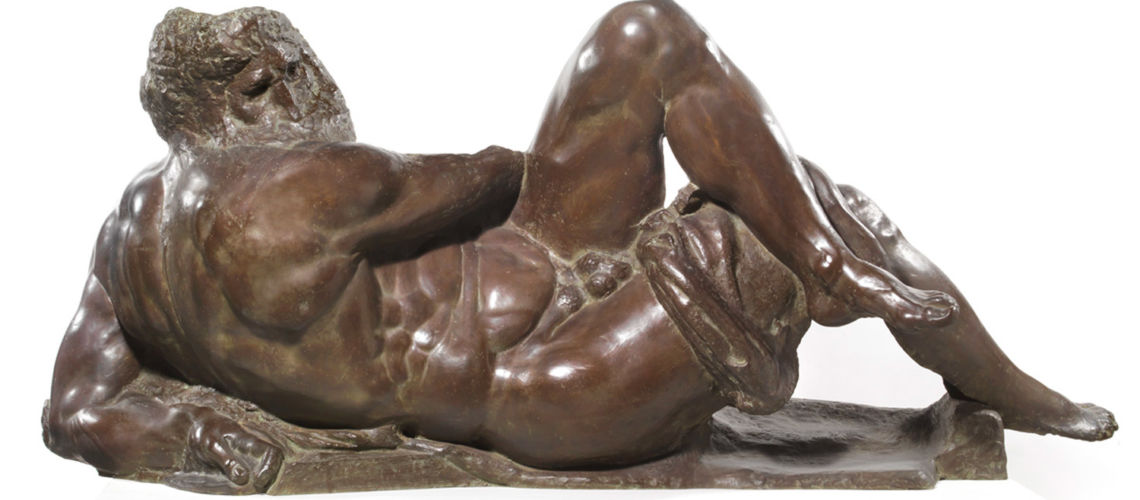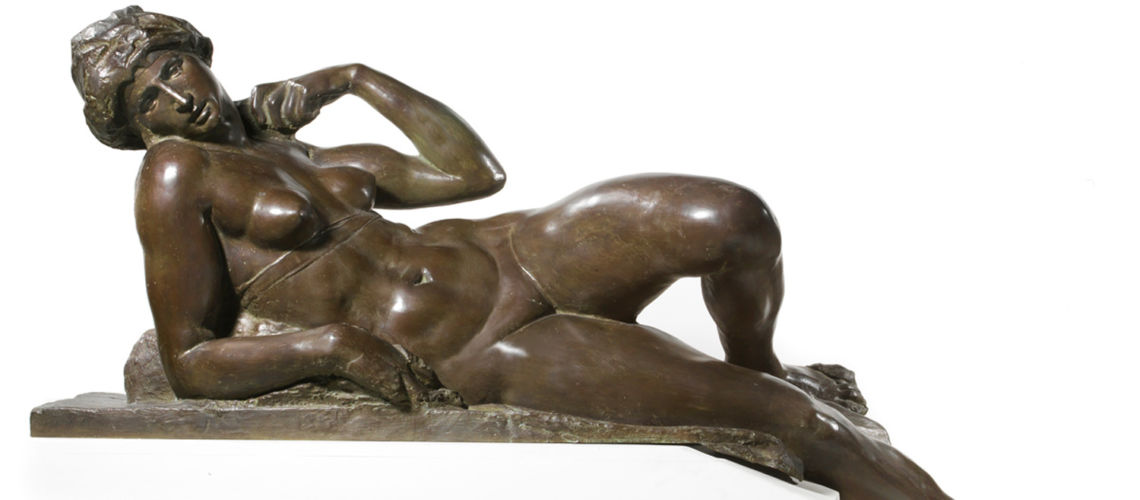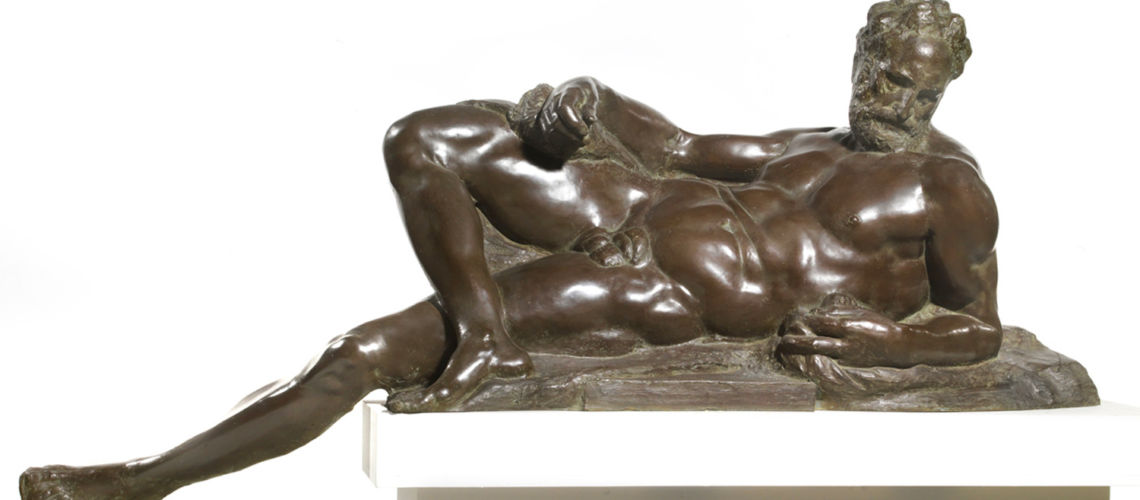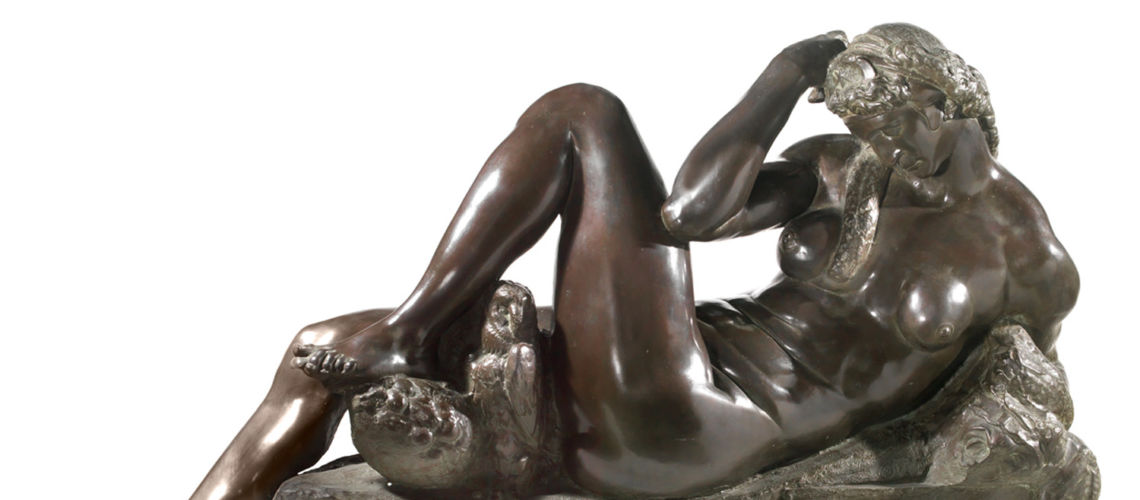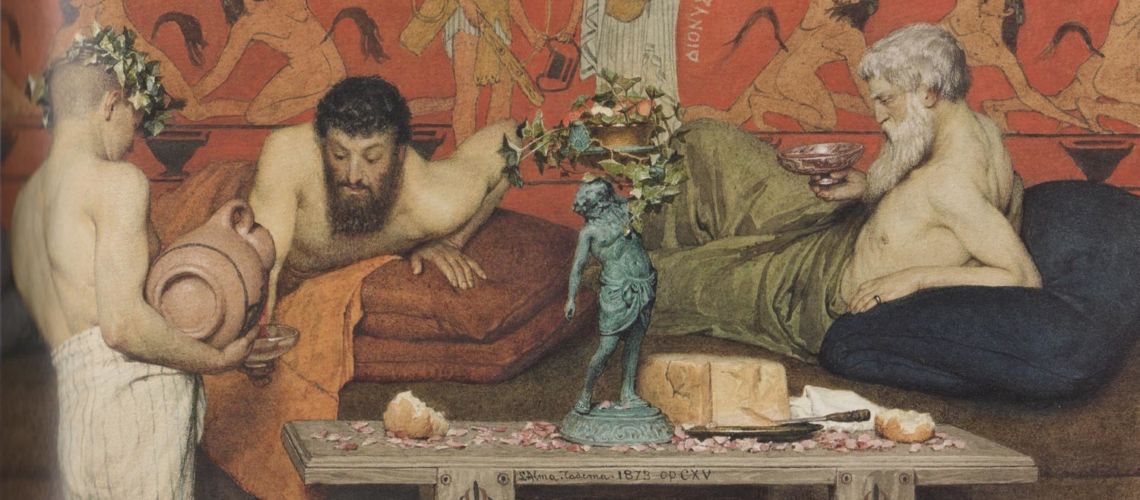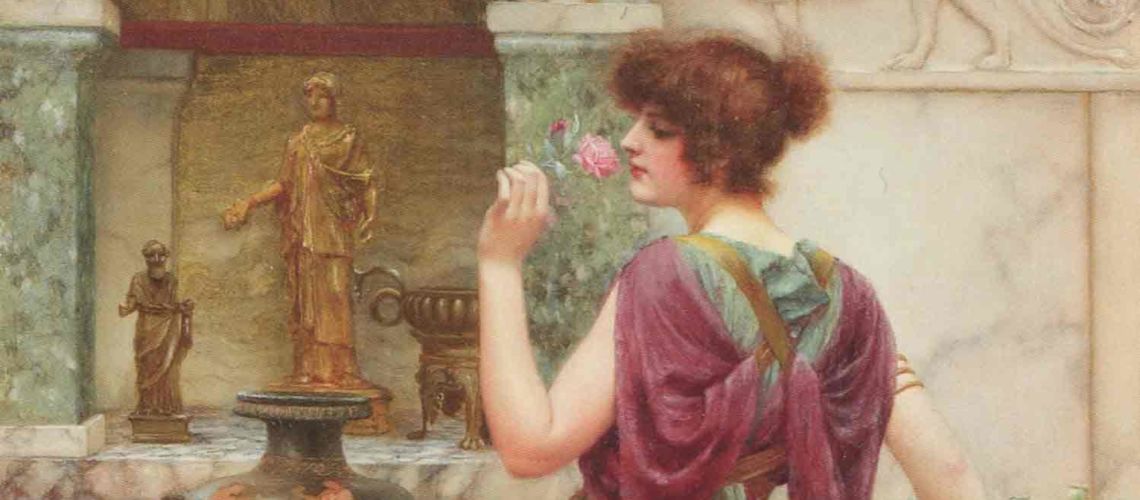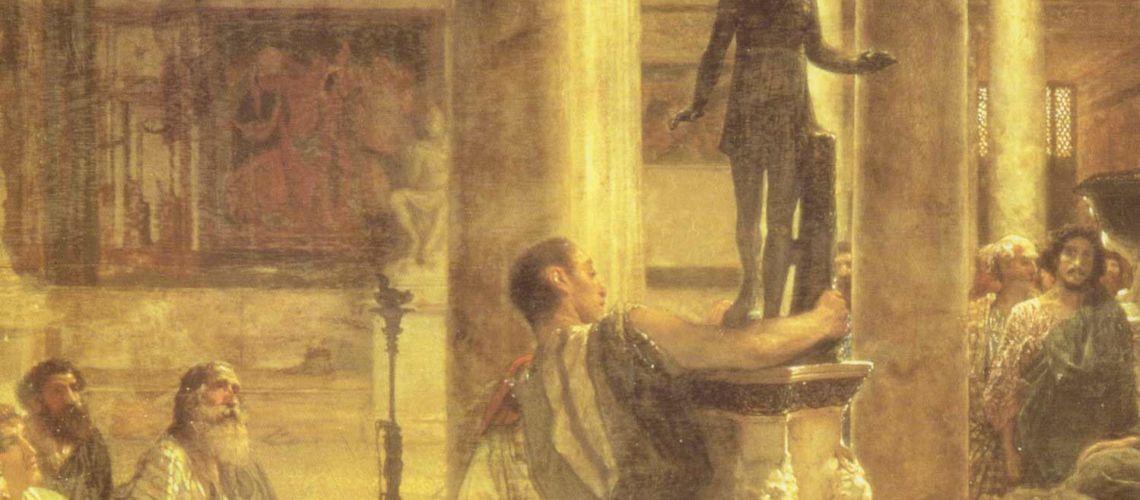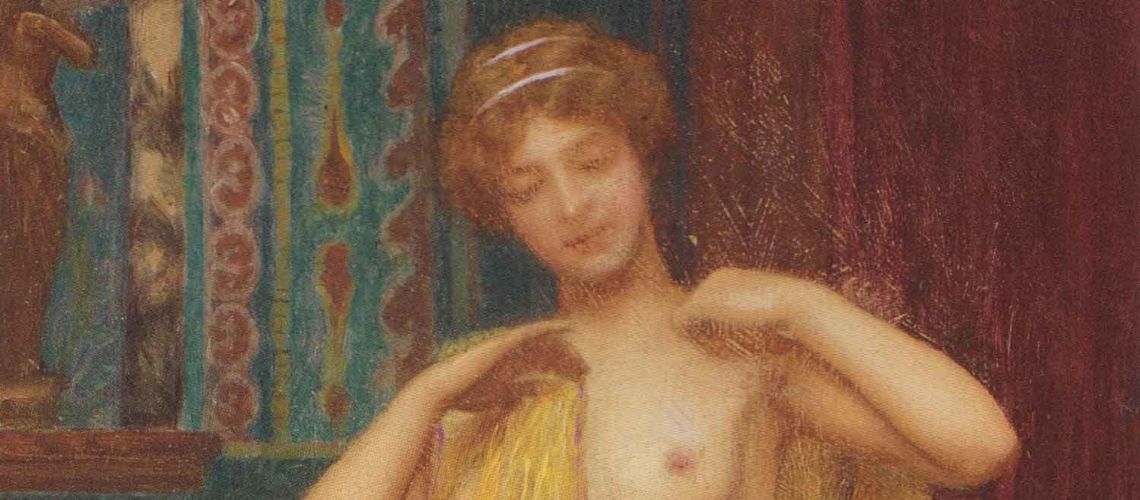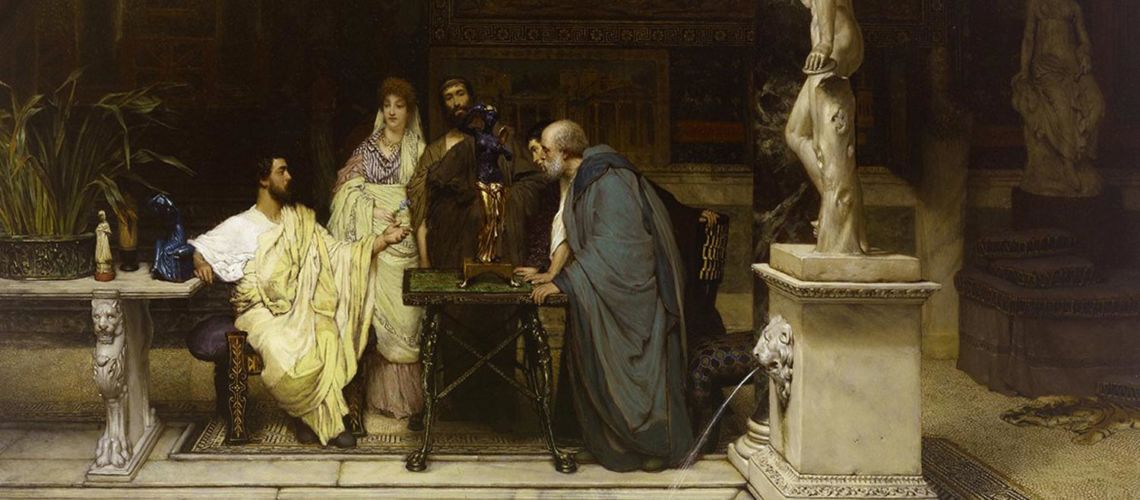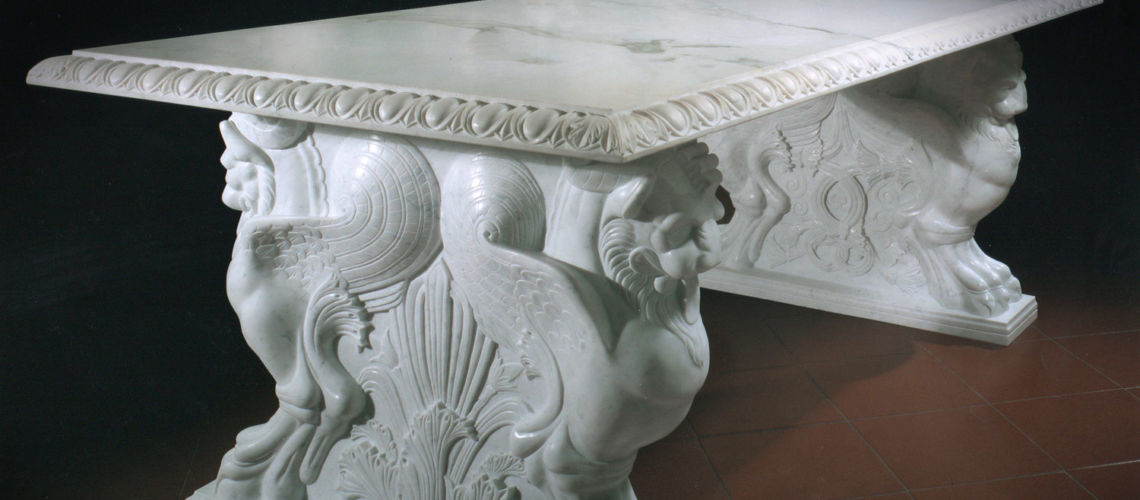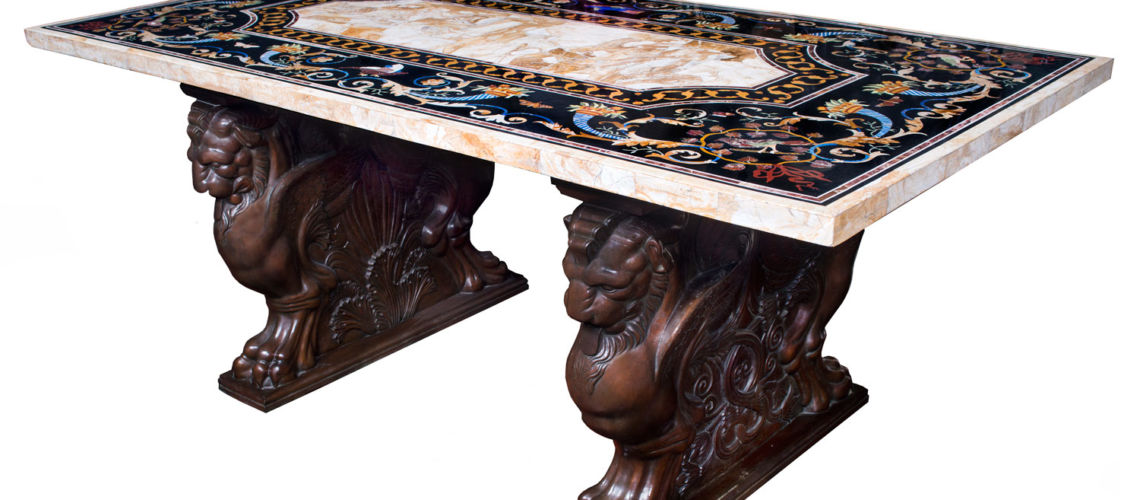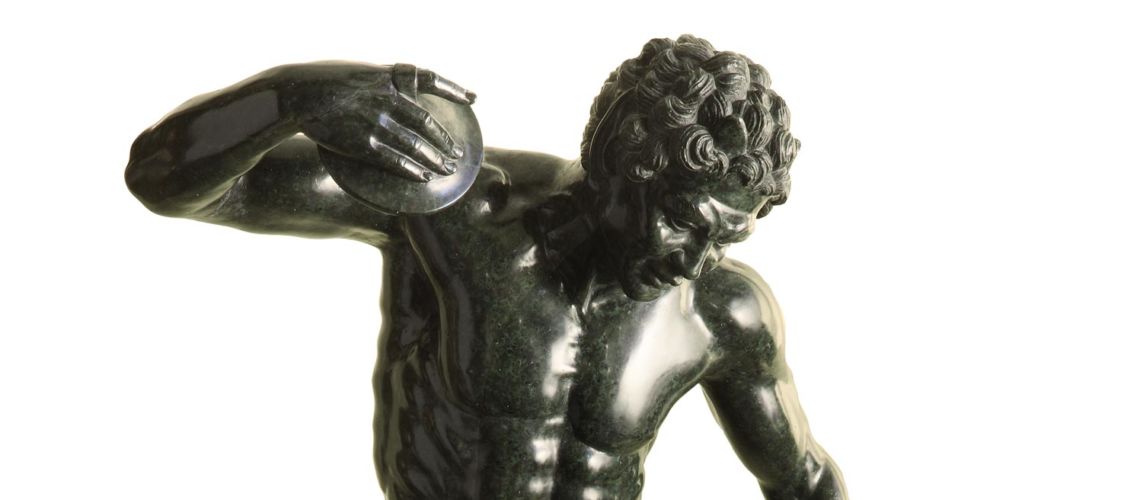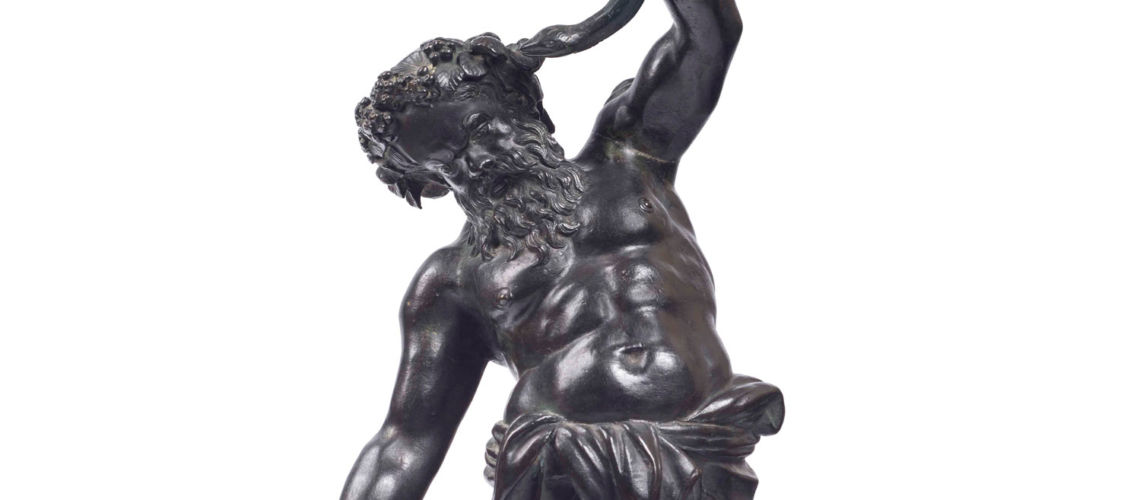The Bazzanti Gallery of the ancient Romans
The desire to decorate one’s home with replicas of masterpieces from the past is a fashion that has existed since the Roman era. The Romans in fact loved to make copies of Greek sculptures, often “reversing” the materials: often marble statues were reproduced in bronze, and vice versa. A good part of the Greek sculptures are known to us thanks to the replicas of ancient Rome.
A particular example is the one of the colossal Farnese Hercules sculpted in bronze by the Greek artist Lysippus in the 4th century. A.C., and replicated in marble in the first century B.C. probably from a Roman workshop that signed it with the name of the Greek Glicone falsifying its attribution.
We know that in Rome there were shops and art galleries with such copies for sale; in the second half of the nineteenth century the Dutch painter Alma Tadema imagined just two of these galleries of ancient Rome.
The fashion to perform replicas of ancient masterpieces has continued over the centuries, until today. There are many examples, starting with the “Porcellino” of Florence, the bronze fountain of the boar: in the 1500s the Medici family ordered to make a negative mold on the original ancient Greek marble and to reproduce it in bronze (See also The Porcellino of Florence). Other examples are the Diana Huntress of the Louvre Museum, a Roman copy of an original Greek bronze, attributed to the sculptor Leocare (325 BC.) that has been lost. A negative mold was made and from which in 605 a bronze replica was cast for a fountain of the palace of Fontainbleau;
bronze replica of the Bazzanti Gallery from an original mold;
the Apollo Belvedere of the Vatican Museums, also this is a Roman copy of marble from the 2nd century B.C. of the Greek bronze of Leocares of 350 BC, of wich Francsco Primaticcio perfomed the negative mold and cast in bronze in 1541 for the Castle of Fontainebleu, bronze replica of the Bazzanti Gallery from an original mold;
the group of Wrestlers, also a Roman marble copy of the first century B.C. of the lost Greek original of bronze of the III sec. a.C., probably of Lysippus,
bronze replica of the Bazzanti Gallery from an original mold;
the Mars Ludovisi of the Borghese Gallery, Roman copy of an original Greek sculpture of 320 BC attributed to Scopa or Lisippo. The negative mold was ordered to Velasquez to make a bronze copy requested in 1650 by Philip IV, king of Spain,
bronze replica of the Bazzanti Gallery from an original mold;
It is interesting to see how even Michelangelo was “replicated” a few years after his death: in 1570 Egnazio Danti, famous mathematician and cartographer, obtained the authorization from the Grand Duke Cosimo I of the Medici Family to make the negative mold of the 4 marble figures sculpted by Michelangelo for the Medici tombs: Sunrise, Sunset, Day and Night. In 1573, six years after Michelangelo’s death, the negative mold was executed by his brother Vincenzo Danti, who had been in Rome to study the works of the great Master. And he made the negative molds not on the marble statues, but on the original clay models that Michelangelo had created as a model to sculpt the four marbles, which evidently had not been destroyed. These casts were then taken the year after to the Academy of Perugia.
In the Bazzanti Gallery there are the bronze castings of the Ferdinando Marinelli Foundry taken from the original moulds by Vincenzo Danti
In the second half of the nineteenth century the painters of the style characterized by the reconstruction of life scenes from Greece and ancient Rome, contributed to revive the fashion of classical furnishings already present in the Renaissance.

